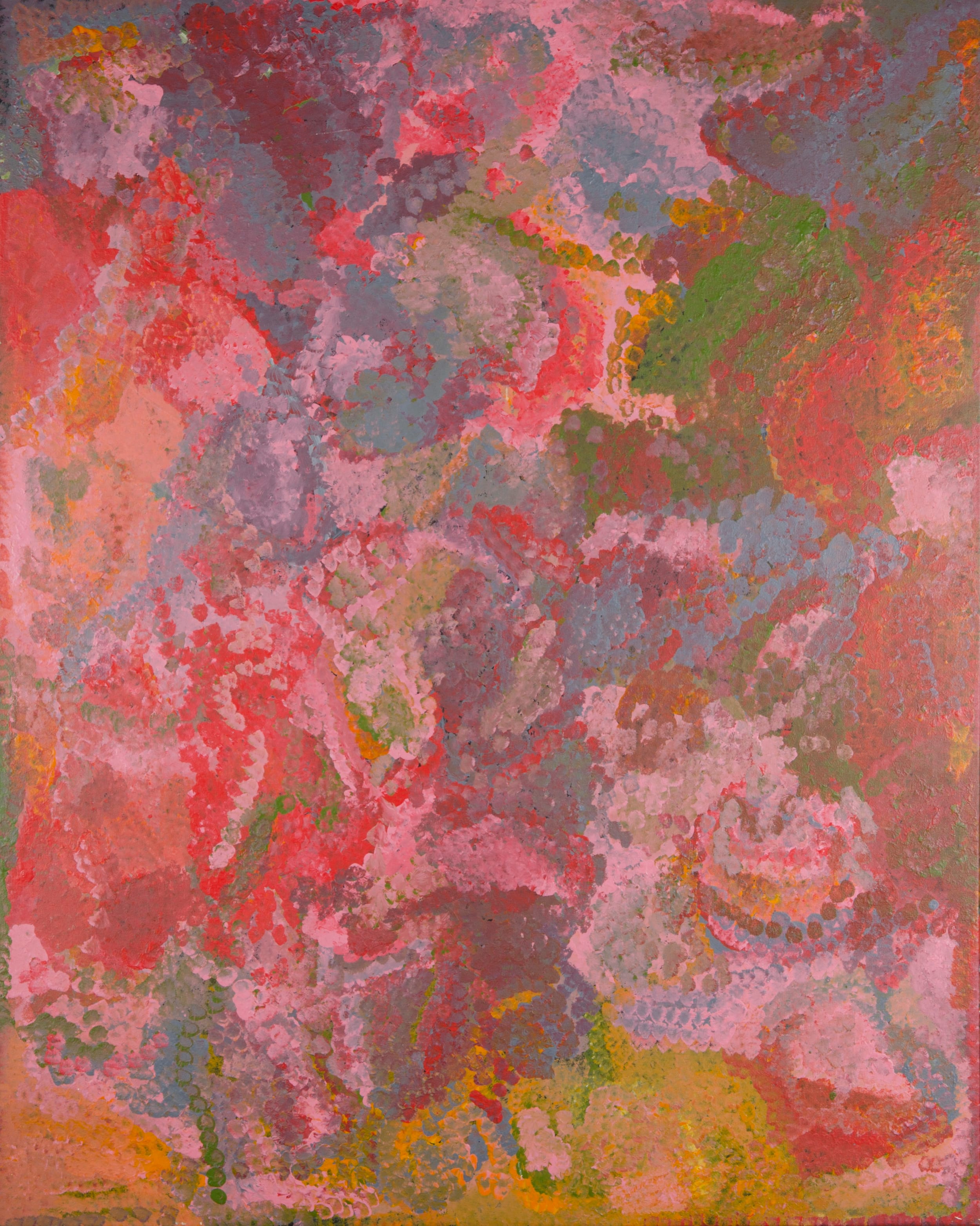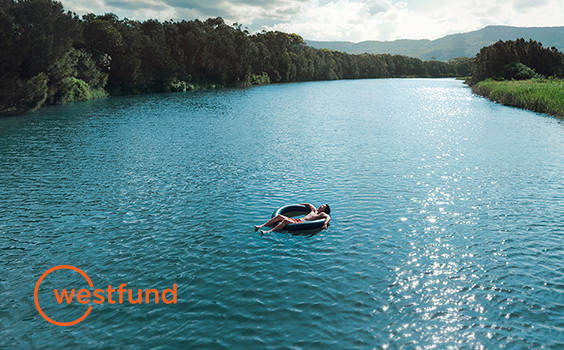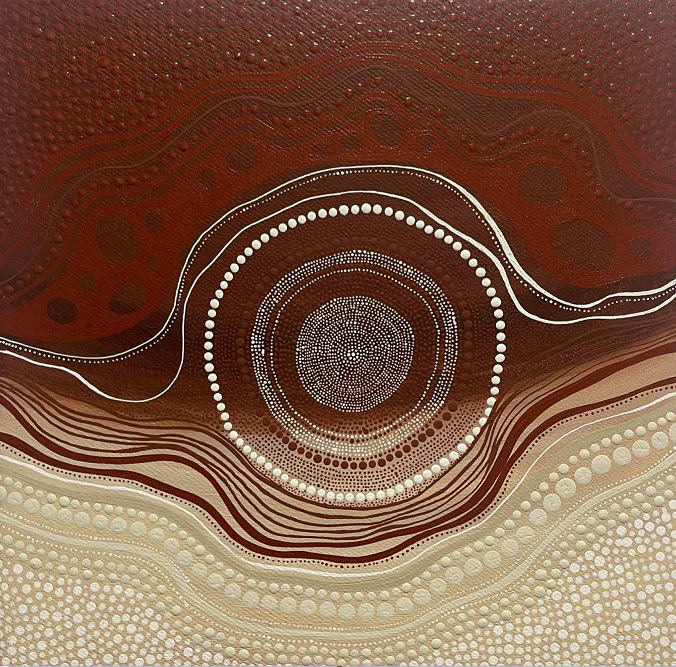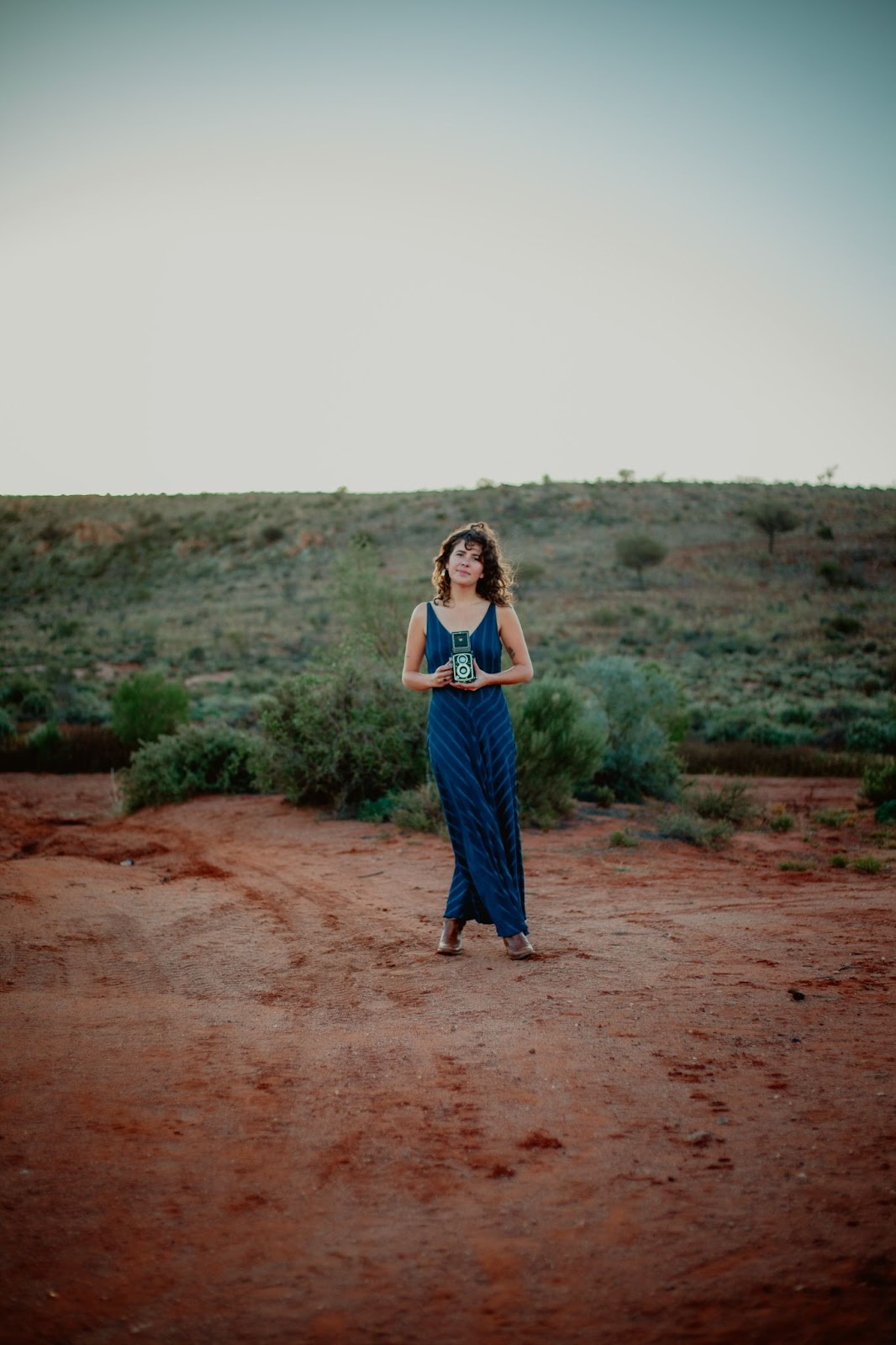
Plus hot targets and red-tape nightmares. Welcome to Galah Weekly, our award-winning newsletter keeping you up to date with regional headlines that matter, plus other delightful things from life beyond the city. By Dean Southwell, who would make a very bad bureaucrat.
Regional communities and the industries they depend on such as agriculture and mining are likely to be hardest hit by a warming climate, according to a dire report on national climate change risks.
The National Climate Risk Assessment report was released this week, just before the federal government announced its national target of reducing greenhouse gas emissions by 62-70 percent from 2005 levels over the next decade.
The risk assessment said unmitigated climate change could wipe more than $600 billion off national property values and put 1.5 million homes at risk because of rising sea levels and flooding. It also warned of dramatic increases in deaths during heatwaves and disaster recovery costs. A National Adaptation Plan was released in conjunction with the risk assessment.
Beyond the national headlines, the risk assessment report listed local government areas most likely to take an economic hit as increasing temperatures made life tougher for workers and change the environment. Areas that rely on just a few industries – typically mining and primary production – were particularly vulnerable.
In NSW, the most vulnerable regions include Carrathool in the western Riverina and Walcha on the Northern Tablelands. In other states, the West Wimmera (Vic), McKinlay and Weipa (Qld), Karoonda East Murray and Southern Mallee (SA) were among those most likely to face challenges.
The report also rates every local government area for vulnerability across a range of factors from the economy to social cohesion.
Meanwhile, conservationists criticised the federal government for giving final approval to an extension of Woodside’s North West Shelf gas project, which they said was incompatible with global climate change goals.
If you’re in the market for health insurance that’s a little closer to home, or built on values similar to your own, you can’t go past Westfund – health insurance from a healthier place. Based in Lithgow, NSW, and available Australia-wide, Westfund is more than a health fund. It's a not-for-profit organisation building a new kind of healthcare for collective good. Celebrate spring with six weeks’ free* cover! Join on combined Hospital and Extras cover before 2 November 2025. Use the promo code JOIN25. *T&Cs apply. Learn more here.
A third-generation NSW winemaker whose 243 hectare farm supports cattle, sheep and free-range pigs as well as grapes has found he is no longer considered a primary producer and therefore faces a $150,000 land tax bill.
Jacob Stein’s family property at Mudgee, which also has a cellar door, has been exempt from land tax for the past 50 years, like most property used for primary production in NSW.
The tax in NSW is generally applied to properties that aren’t the owner’s primary residence.
The NSW Civil and Administrative Tribunal has ruled that the exemption normally applied to primary producers does not apply when wine sales are worth more than grape revenue. It means the primary purpose of properties like Stein’s is then considered to be manufacturing, which is not exempt from the tax.
NSW Wine says the definition runs counter to government policy and state Small Business Minister Janelle Saffin said she would look into the issue.
Victorian councils say they face a bureaucratic nightmare applying for state funding to repair roads damaged by floods over the past three years.
Murray River Group of Councils executive officer Geoff Turner said councils faced an excruciating process to meet eligibility criteria for a fund administered by Emergency Recovery Victoria. In some cases it involved providing before-and-after evidence of virtually every 100m of damaged roads, which in many instances was not available.
Buloke Shire Council mayor Alan Getlin’s north-western council covers 8000 square kilometres and experienced flooding across 65 percent of the region in 2022. The council is still waiting on up to $80 million for flood repairs that have been delayed while it gets roads reassessed.
Hairdresser Juliann Mutch does more than go the extra mile for her clients. Every six weeks she makes a 1000km round trip to cut hair in a main street op shop in outback NSW.
Mutch lives in Mildura on the Victoria-NSW border but grew up on a station near Wilcannia, in the NSW far west.
She’s been making the regular trip back to Wilcannia for the past four years and says it’s the people of the outback community who keep bringing her back to provide her services, and have a chat and a laugh.
“These women work so hard in the outback," Mutch said. "I love to be able to spoil them a little bit and just spend time with them and I just admire them. I think they're amazing."
A nurse who saw first-hand the challenges of buying healthy fresh food in remote communities in the Kimberley and Cape York has incorporated Indigenous bush tucker and traditional medicine into a pilot health program in country NSW.
Bundjalung woman Rishoniy Caine is driving a Healthy Communities Foundation program that aims to reduce the incidence and impact of diabetes in the north-west town of Collarenebri.
After feedback from some participants that it was hard to follow dietary advice and that healthy food was often unavailable or unaffordable, Caine’s program includes cooking and gardening lessons to promote the use of traditional foods like kangaroo, fish and native greens as well as sharing home-grown produce.
In a town that doesn’t have a gym, Caine tells her clients to try lifting food cans instead of weights.

Emily Kam Kngwarray has become the first Australian artist to be featured in a solo exhibition at London’s Tate Modern Gallery.
The exhibition is a retrospective of the late Northern Territory artist’s major works and continues until January.
It promises to be a big few months for fans of Kngwarray’s work, which will also feature in a major exhibition of First Nations artists presented by Michael Reid Galleries in Washington DC next month.
And Kngwarray’s art will be showcased at an exhibition to mark the grand reopening of the Newcastle Art Gallery in February.
Galah is also celebrating the brilliance of Kngwarray. Her work features in Galah Issue 13, which is coming out in November, and where we also meet gallerist Michael Reid.
Pre-orders with free shipping for Issue 13: Elements close on 14 October.
Don’t forget, the Bathurst Regional Art Gallery is celebrating the 2025 Galah Regional Photography Prize until 9 November.
The collection of outstanding images by the 37 finalists will be projected onto the gallery and library forecourt wall every night after dark.

Nickolla Clark celebrates the traditional practices of Bundjalung people and their cultural heritage associated with water in this solo exhibition. At Tweed Regional Gallery, Murwillumbah, NSW, until 9 November. Read more
Jade Miles, the author of Futuresteading and Huddle, will share her ideas on community building and resilience and provide a taste of some of her recipes in this ticketed event at the Odgers and McClelland Exchange Stores. At Nundle, NSW, 26 September. Read more
This 10-day festival offers a mix of art and performance in the Newcastle CBD to show off the city’s creative culture. The redeveloped Newcastle Art Gallery will also unveil some of its new spaces ahead of its official opening early next year. Newcastle, NSW, 26 September-5 October. Read more
Wagga Wagga–based Gamilaraay artist Juanita McLauchlan won the $15,000 MA Art Prize for emerging artists at Sydney Contemporary last week. McLauchlan's solo exhibition is part of the Art Gallery of NSW’s Contemporary Projects series. At the Art Gallery of NSW, Sydney, until 19 October. Read more

It’s almost a year since Galah Weekly featured the story of Broken Hill astronomer Trevor Barry, which had appeared in the launch edition of the mining city’s new newspaper. Em Jensen had interviewed Barry for the first edition of the Broken Hill Times when it launched last October. This week Jensen was named as a finalist in three sections of the Country Press NSW awards, including journalist of the year, while the Broken Hill Times is a finalist for overall newspaper excellence.
Jensen, who grew up near Mandurah in the WA south, had originally shifted to Melbourne to study graphic design. She moved into photography when musician friends needed someone to take photos and spent eight years working freelance before landing what she describes as her dream job in the NSW outback.
How did you end up in Broken Hill? The first time I visited in 2019 I was on a road trip with no destination in mind other than “the outback”. I loved it and started to come back each year to visit. Last year I was offered a job at the union-owned Barrier Truth. It had been running for 126 years but closed the day I was supposed to start. I stayed and worked wherever I could, including showing Indian Pacific passengers around the gallery when they came through at 6am. Eventually, the Broken Hill Times started and I’ve been there from the start.
When did you decide it was “home”? I think I knew there was something calling me to Wilyakali country long before I moved here. At first I was so enamoured by the red dirt that I collected jars of it. There was something so grounding about being here, in the middle of nowhere (or, as some say, everywhere).
Tell us about the challenges around the launch of the newspaper? Our first edition came out in the middle of a rolling power outage that saw the region declared a natural disaster zone. We had no power, it was almost 40 degrees and my colleague and I were working in my backyard, typing stories on our phones and sending them to our editor whenever the telecommunications lines allowed.
How did it feel to see the first edition? The power was out again that day. I had to use a stovetop kettle and bucket to wash my hair that morning. My favourite cafe was dark but a generator powered the coffee machine and as everyone waited in the queue they read the paper. I was so proud in that moment.
Do you have a favourite experience from the past year? For one story, I spent a couple of days as a passenger in a door-less, two-seat helicopter as its pilot mustered rangeland goats. Helicopter mustering is not for the faint-hearted. I won’t ride a rollercoaster, so climbing aboard that chopper was a big thing. The whole experience was the most outback adventure I could have imagined and I felt so sure that this was where I needed to be and the kind of story I wanted to tell.
Why do you think regional media like the Broken Hill Times is so important? There’s a lot of stories in small, remote regional towns that would never get told if it weren’t for a local paper. Broken Hill is full of characters who have lived incredible lives, and sharing these stories of local folks with other local folk helps us all better understand and celebrate one another. Offering a platform for communities to feel seen and heard has the power to strengthen them.
The Country Press NSW awards will be announced next month.
A biosecurity detection dog that has played a key role in keeping pests off Lord Howe Island has retired to Brisbane after almost a decade of service.
Springer spaniel Sebbi was the longest-serving detection dog on the island and became an ambassador and familiar sight greeting arrivals at the local airport.
Sebbi has settled into retirement life living with former handler and now owner Saxxon Thompson in Brisbane.
We’d love to hear about the news, events and people that should be making the headlines in the Galah Weekly newsletter. Share what’s new(s) in your neck of the woods with us at newsie@galahpress.com